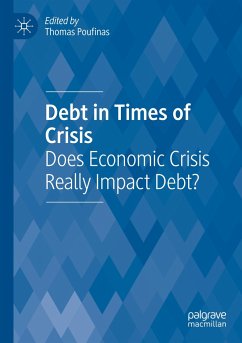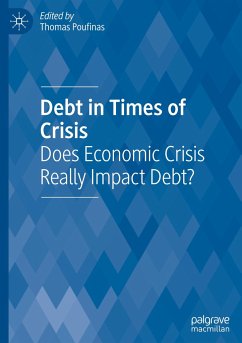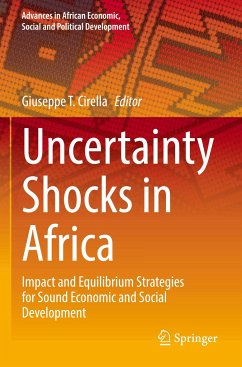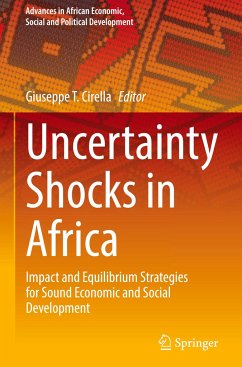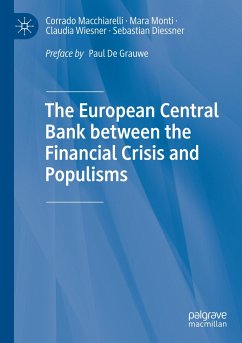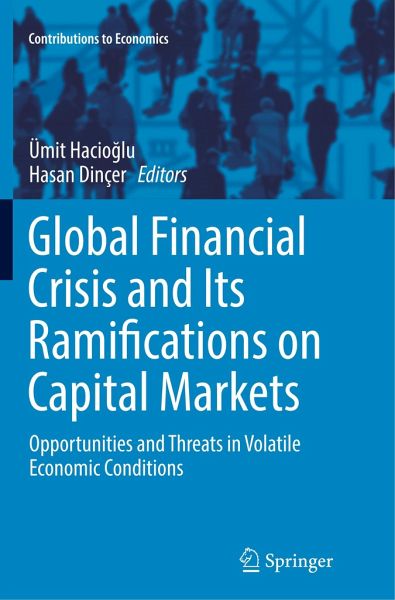
Global Financial Crisis and Its Ramifications on Capital Markets
Opportunities and Threats in Volatile Economic Conditions
Herausgegeben: Hacioglu, Ümit; Dinçer, Hasan
Versandkostenfrei!
Versandfertig in 6-10 Tagen
122,99 €
inkl. MwSt.

PAYBACK Punkte
61 °P sammeln!
This book assesses the 2008-2009 financial crisis and its ramifications for the global economy from a multidisciplinary perspective. Current market conditions and systemic issues pose a risk to financial stability and sustained market access for emerging market borrowers. The volatile environment in the financial system became the source of major threats and some opportunities such as takeovers, mergers and acquisitions for international business operations. This volume is divided into six sections. The first evaluates the 2008-2009 Global Financial Crisis and its impacts on Global Economic Ac...
This book assesses the 2008-2009 financial crisis and its ramifications for the global economy from a multidisciplinary perspective. Current market conditions and systemic issues pose a risk to financial stability and sustained market access for emerging market borrowers. The volatile environment in the financial system became the source of major threats and some opportunities such as takeovers, mergers and acquisitions for international business operations. This volume is divided into six sections. The first evaluates the 2008-2009 Global Financial Crisis and its impacts on Global Economic Activity, examining the financial crisis in historical context, the economic slowdown, transmission of the crisis from advanced economies to emerging markets, and spillovers. The second section evaluates global imbalances, especially financial instability and the economic outlook for selected regional economies, while the third focuses on international financial institutions and fiscal policy applications. The fourth section analyzes the capital market mechanism, price fluctuations and global trade activity, while the fifth builds on new trends and business cycles to derive effective strategies and solutions for international entrepreneurship and business. In closing, the final section explores the road to economic recovery and stability by assessing the current outlook and fiscal strategies.





